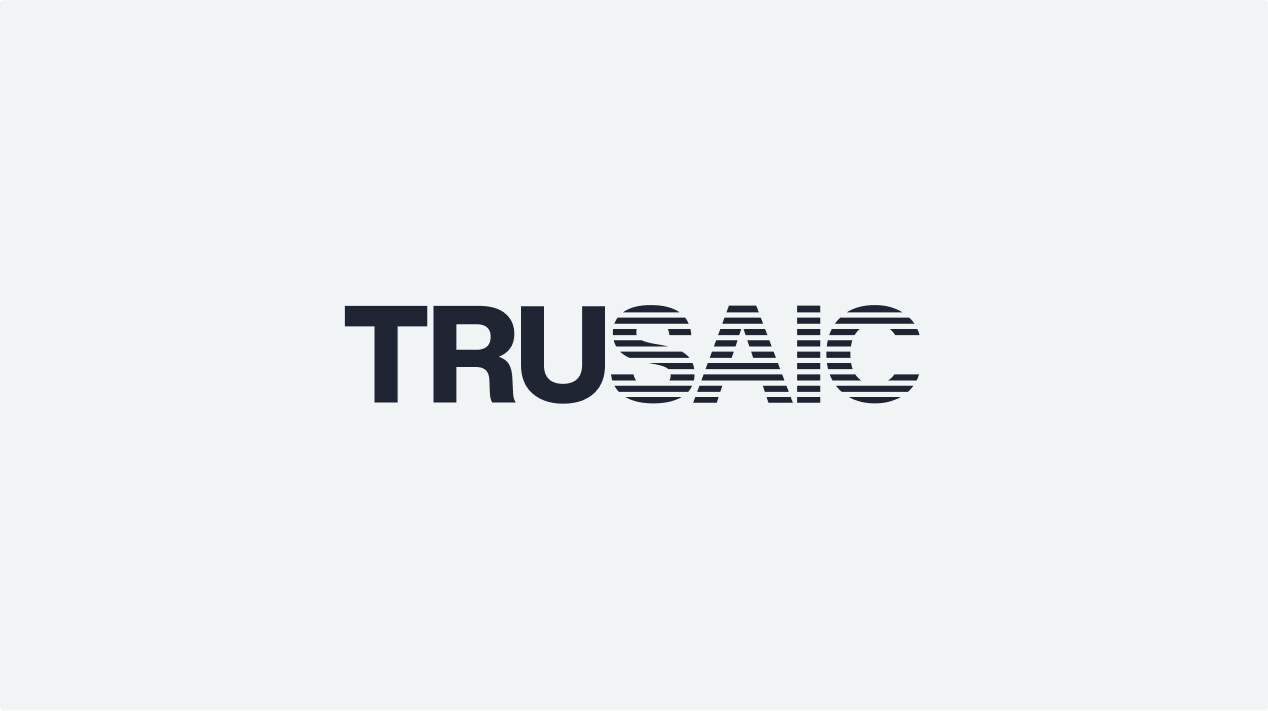Business
Fewer Than 20% of Companies Prepared for EU Pay Transparency Directive

New research from Trusaic indicates that fewer than 20% of organizations are adequately prepared for the upcoming European Union Pay Transparency Directive (EUPTD), which takes effect in June 2026. This directive aims to combat pay discrimination and close gender pay gaps across the EU. As the compliance deadline approaches, many organizations must urgently evaluate their pay equity practices to avoid potential penalties and reputational damage.
The EUPTD mandates that employers operating within the EU adhere to stringent pay transparency requirements. These include providing employees with access to information about their compensation and offering redress for those who have faced pay discrimination. Importantly, the directive shifts the burden of proof onto employers, requiring them to justify any pay disparities that exist.
The findings are part of the 2025 Pay Equity Policies and Practices Report: EUPTD Lens, a collaboration between Trusaic and Empsight, which analyzed the compensation practices of 429 large organizations, including 76% with operations in Europe. Despite the proactive steps taken by some companies, the report highlights significant gaps in compliance readiness.
Key Findings on Pay Equity Practices
Only 16% of organizations reported being ready to meet the EUPTD’s requirements using base pay metrics, which do not account for additional compensation elements. This readiness drops to 3% when total cash compensation is considered and further declines to 2% when total direct compensation is taken into account. These statistics underscore the challenges organizations face in revealing the true extent of gender pay disparities.
Another critical issue identified in the report is the limited transparency surrounding pay practices. Most organizations disclose pay information only to internal leadership or HR teams, with few making pay equity results public or sharing complete salary ranges with employees. This lack of transparency can hinder accountability and trust within the workforce.
The methodology used by organizations to analyze pay equity also raises concerns. A substantial 50% of respondents indicated they rely on basic statistical methods that do not consider variables such as education, experience, or job responsibilities. In contrast, only 37% employ multiple regression analysis, which aligns more closely with the EUPTD’s requirements for objective, gender-neutral justifications of pay differences.
Timing is another factor that complicates compliance. While many organizations aim to address base pay gaps quickly, few conduct annual assessments for short-term and long-term incentives, risking non-compliance with the EUPTD’s regulations.
Sector-Specific Insights and Challenges
The report reveals notable disparities between sectors. Financial services organizations generally lead in pay equity practices, demonstrating more advanced compensation analysis methods and greater transparency. Conversely, healthcare organizations lag behind, facing various challenges in implementing robust pay equity measures.
The perceived costs associated with addressing pay equity remain a significant barrier, with 64% of organizations citing financial concerns as a key obstacle. Other challenges include establishing proper job classifications for equitable analysis, addressing underlying causes of pay disparities, and securing support from senior leadership.
Organizations are motivated to enhance their pay equity practices primarily to mitigate legal risks (61%), foster a culture of trust through transparency (57%), and attract top talent (55%). Compliance with the EUPTD is essential to ensure that companies can meet the directive’s goals of equal pay for equal work.
Under the EUPTD, companies with 100 or more employees are required to submit gender pay gap reports, demonstrating a pay difference of less than 5% between male and female employees. Companies must justify any disparities of at least 5% and rectify them within six months. Larger companies, those with more than 250 employees, must provide annual reports, while smaller firms must report every three years.
The EUPTD mandates that each of the 27 member states implement these rules into national legislation by June 7, 2026. Robert Sheen, CEO and Founder of Trusaic, emphasizes the urgency of compliance, stating, “The reality is for most organizations there is only one annual salary review remaining before it takes effect.” He warns that the vast majority of the more than 50,000 companies affected by the directive are currently unprepared, and delaying action could have significant financial and reputational consequences.
In conclusion, as the EUPTD deadline approaches, organizations must prioritize compliance to mitigate risks and demonstrate a commitment to pay equity and transparency. The findings from Trusaic serve as a call to action for businesses to take immediate steps toward enhancing their pay equity practices.
-

 Lifestyle3 months ago
Lifestyle3 months agoLibraries Challenge Rising E-Book Costs Amid Growing Demand
-

 Sports3 months ago
Sports3 months agoTyreek Hill Responds to Tua Tagovailoa’s Comments on Team Dynamics
-

 Sports3 months ago
Sports3 months agoLiverpool Secures Agreement to Sign Young Striker Will Wright
-

 Lifestyle3 months ago
Lifestyle3 months agoSave Your Split Tomatoes: Expert Tips for Gardeners
-

 Lifestyle3 months ago
Lifestyle3 months agoPrincess Beatrice’s Daughter Athena Joins Siblings at London Parade
-

 World2 months ago
World2 months agoWinter Storms Lash New South Wales with Snow, Flood Risks
-

 Science3 months ago
Science3 months agoTrump Administration Moves to Repeal Key Climate Regulation
-

 Business3 months ago
Business3 months agoSoFi Technologies Shares Slip 2% Following Insider Stock Sale
-

 Science3 months ago
Science3 months agoNew Tool Reveals Link Between Horse Coat Condition and Parasites
-

 Science2 months ago
Science2 months agoSan Francisco Hosts Unique Contest to Identify “Performative Males”
-

 Sports3 months ago
Sports3 months agoElon Musk Sculpture Travels From Utah to Yosemite National Park
-

 Science3 months ago
Science3 months agoNew Study Confirms Humans Transported Stonehenge Bluestones








